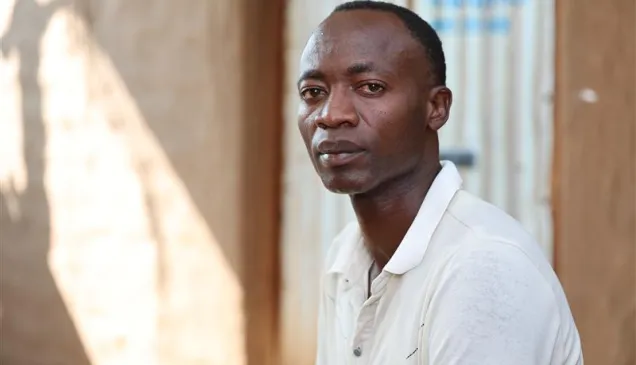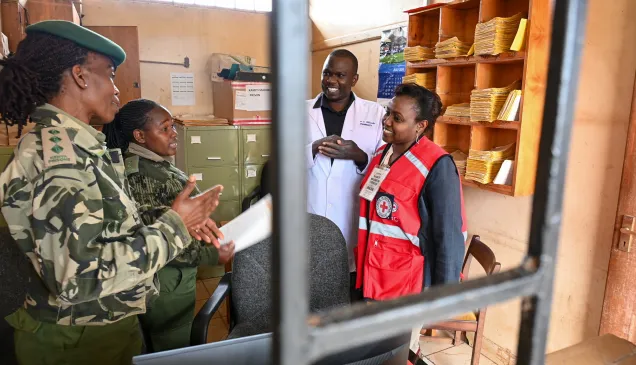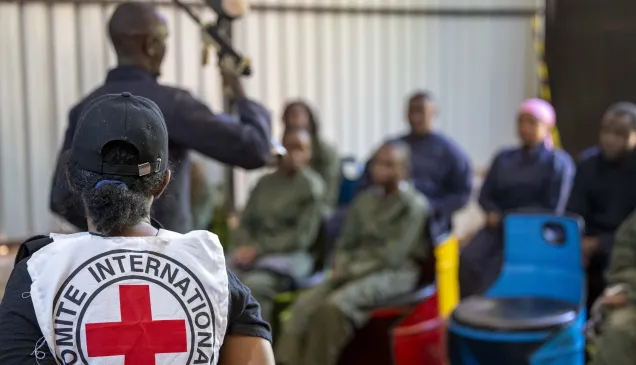Kenya: Gripped by drought, 14,000 Kilifi residents get ‘e-water’ access
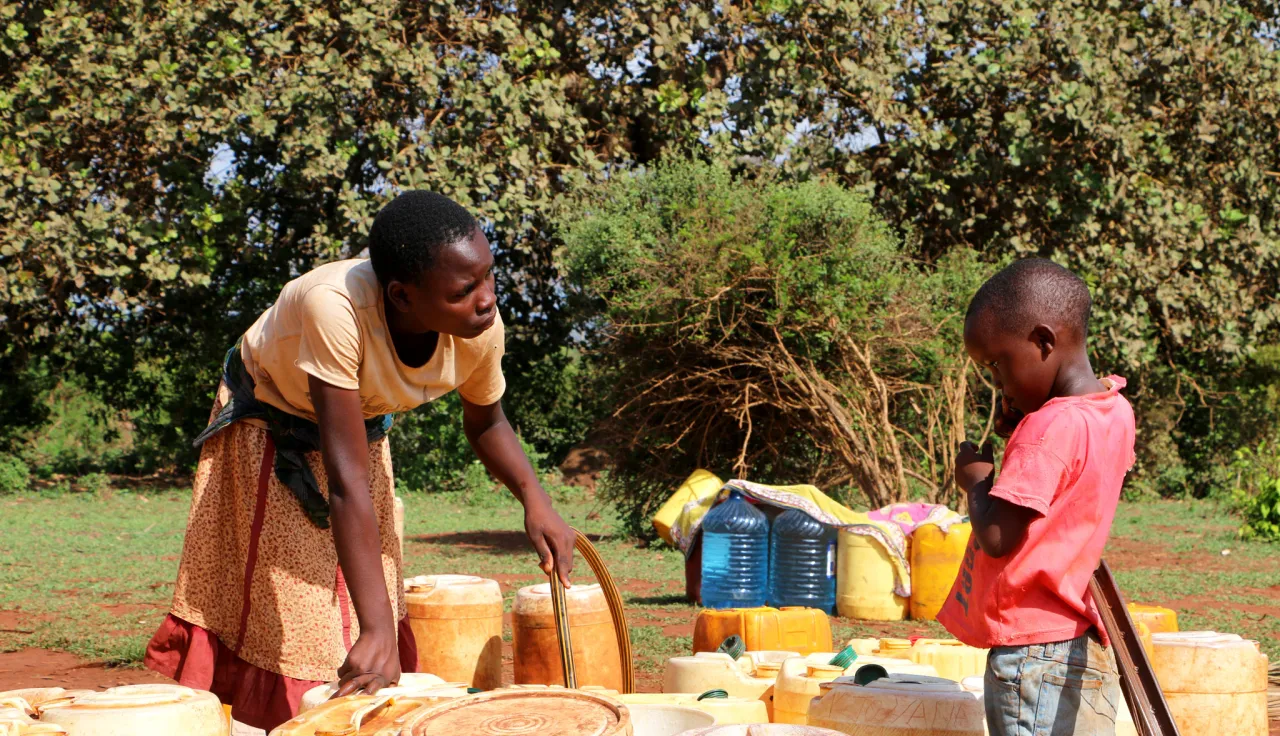
Residents of Kilifi County along the coast of Kenya are bearing the agony of watching their cattle and goats die every day. A biting drought for the last six months has led to the deaths of over 20,000 livestock and left little water for domestic use. The last rainy season in November brought little water, accelerating the crisis. In response, the International Committee of the Red Cross (ICRC) and the Kenya Red Cross Society (KRCS) recently commissioned a joint project to address this problem in Jaribuni, a small village in the county.
The project will see 14,000 residents in Jaribuni and neighboring villages get access to reliable water at a reduced cost. Water has been tapped from the main pipeline serving Kilifi and neighboring Mombasa County, which get its water from River Sabaki, the second-largest river in Kenya. Using solar power that complements the national grid, the water is then pumped to collection points in the villages.

ICRC installed solar panels that have boosted the reliability of water supply and reduced the cost of power. CC BY-NC-ND / ICRC / Mike Mina
The solar panels -- introduced to boost the reliability of the water distribution and lower its cost -- have helped overcome the power cuts that hobbled the previous water distribution system.
According to Ayaz Manji, Head of Water, Sanitation and Health at KRCS, the new water distribution system has reduced the pumping process from 8 hours to 25 minutes.
Innovation helps water delivery

A customer purchases a prepaid a water token. Selected shopkeepers buy tokens in bulk from the water company and sell them to the community. The tokens can dispense various quantities at varying prices. CC BY-NC-ND / ICRC / Mike Mina
The project has also adopted an innovative system for revenue collection, which community leaders refer to as the first ''e-water'' service in the county. Users buy prepaid tokens from various suppliers and swipe them at the automated tap stands, which then dispense the requested amount of water. The water company that oversees the supply in the area can monitor the consumption and operations of the system remotely.
According to an elderly woman at one of the new tap-stands, the project has ''brought water closer to home'' since she previously had to walk for over 30 minutes under the hot coastal sun to get to the nearest water point. She now walks for less than 5 minutes from her house.
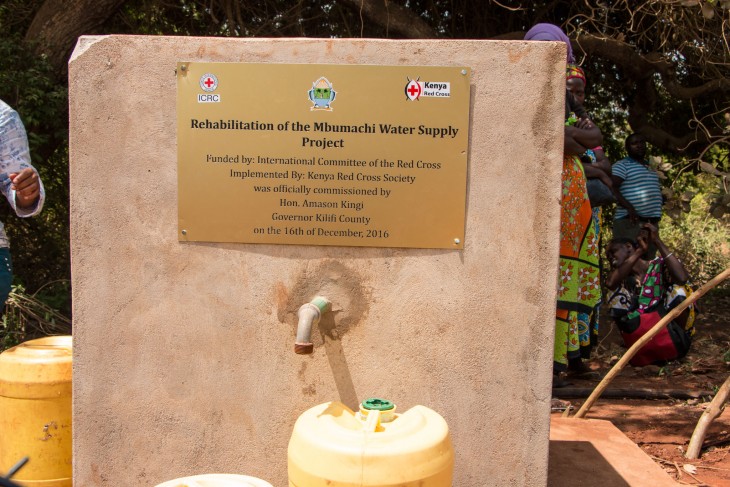
A tap stand where water is automatically dispensed according to the amount paid for. CC BY-NC-ND / ICRC / Mike Mina
The ICRC and KRCS will officially hand over the project to the water company and the community. The project is expected to ease access to water in Jaribuni and its environs, not only in this dry season, but for years to come.

